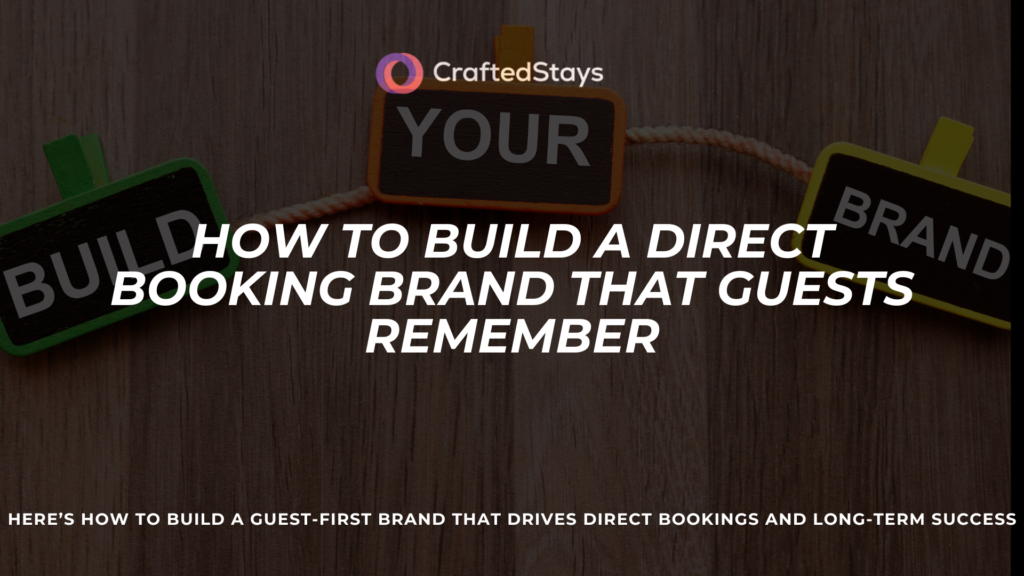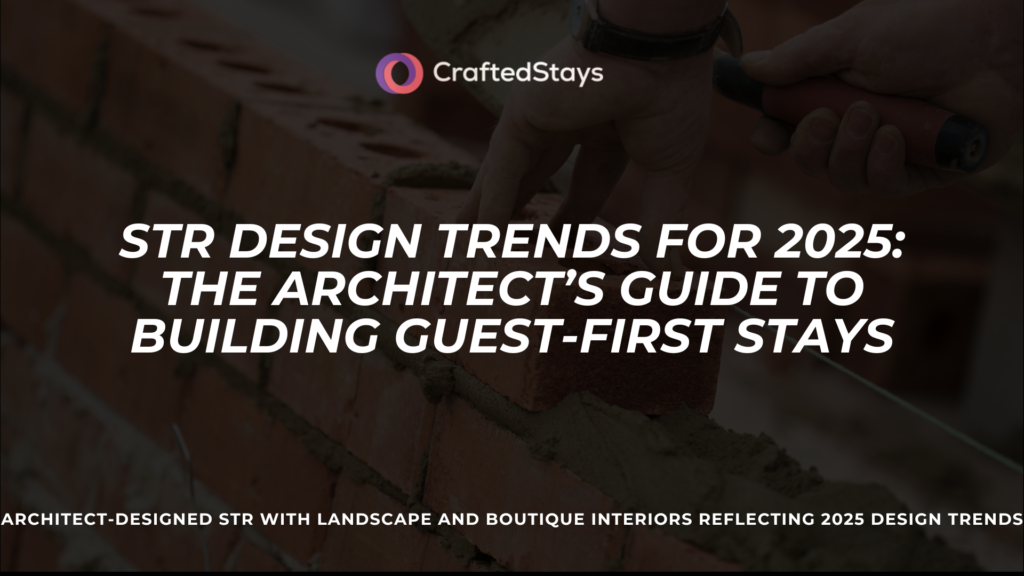Beyond Beautiful Websites: Introducing the CraftedStays Marketing Hub
You’ve built a stunning direct booking website. Your guests love the experience. Your conversion rates are climbing. But here’s what we’ve been hearing from hundreds of hosts: “I want to do more.” More SEO visibility. More guest engagement. More ways to tell your story and build authority in your market. That’s exactly why we’re building something new. The Next Chapter of Direct Booking Success Today, we’re excited to announce the CraftedStays Marketing Hub—a collection of powerful tools designed to help you drive even more impact from your direct bookings. Think of it as the natural evolution of what you’re already doing. You’ve moved beyond basic PMS sites. You’ve invested in a platform that converts. Now it’s time to amplify that investment with tools that help you: Starting with What Matters Most: Your Blog The first addition to the Marketing Hub is something hosts have been requesting for months: a fully integrated blog platform. This isn’t just another WordPress blog bolted onto your site. This is a native CraftedStays blog that lives seamlessly within your existing website, inherits your branding, and is optimized from day one for vacation rental businesses. Why This Changes Everything SEO Authority: Every blog post becomes a new opportunity to rank for keywords your ideal guests are searching for. Whether it’s “family-friendly activities in [your city]” or “best restaurants near [your property],” you’ll own those search results. Guest Engagement: Transform one-time bookers into repeat guests by sharing local insights, seasonal updates, and behind-the-scenes stories that keep your property top-of-mind. Traffic Generation: Running a newsletter? Posting on social media? Your blog becomes the perfect destination to drive that traffic back to your booking site. Professional Credibility: Nothing elevates your brand like thoughtful, helpful content. Show guests you’re not just a host—you’re a local expert. Built for Real Hosts, Not Tech Experts We know you’re running a business, not a marketing agency. That’s why our blog platform is designed with the same philosophy as everything else we build: powerful but simple. This Is Just the Beginning The blog platform is the first piece of a much larger vision. Over the coming months, the Marketing Hub will expand to include tools for email integration, guest retargeting, and more. Our goal is simple: give you everything you need to build a direct booking business that doesn’t just survive—it thrives. Want Early Access? We’re rolling out the Marketing Hub blog platform to a select group of early access members first. These hosts will get: Interested? Simply reply to this email with “Marketing Hub Early Access” and we’ll have our team reach out with next steps. Spots are limited, but we’ll prioritize based on interest and engagement. The Future of Direct Bookings Isn’t Just Websites When we started CraftedStays, our mission was to give every host the tools to build a professional direct booking presence. That mission hasn’t changed—it’s expanding. Beautiful websites were just the beginning. The Marketing Hub is how we help you turn that website into a complete guest acquisition and retention system. Ready to take your direct bookings to the next level? Want to stay updated on new CraftedStays features and direct booking strategies? Subscribe to our weekly newsletter for insights delivered straight to your inbox.










